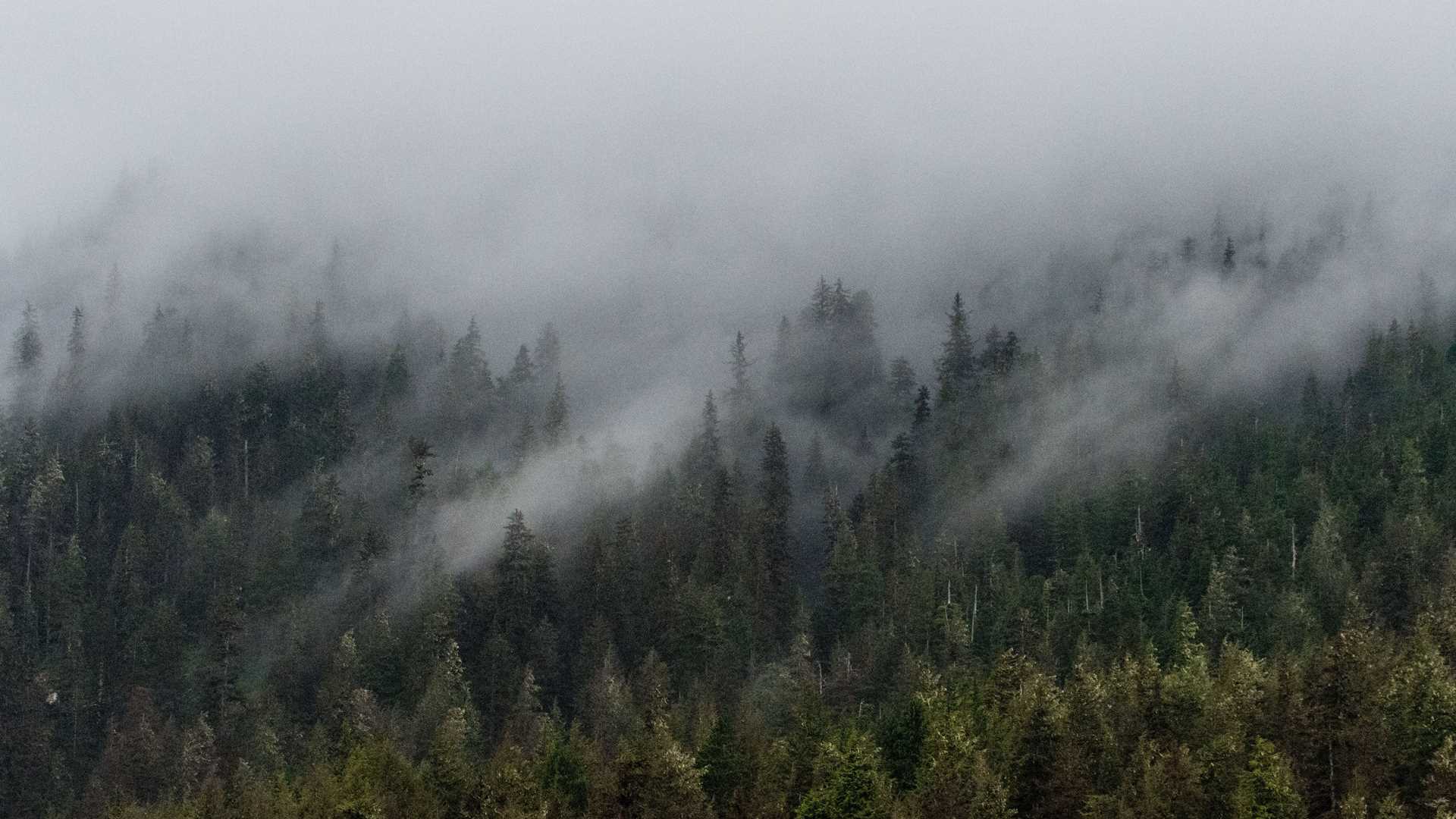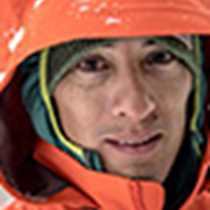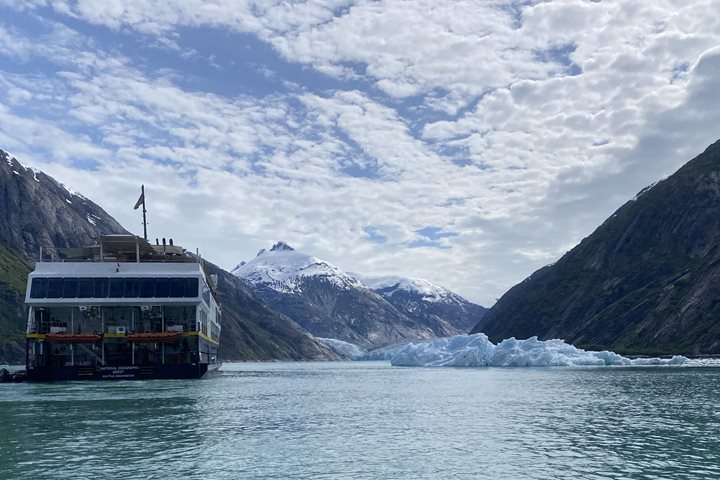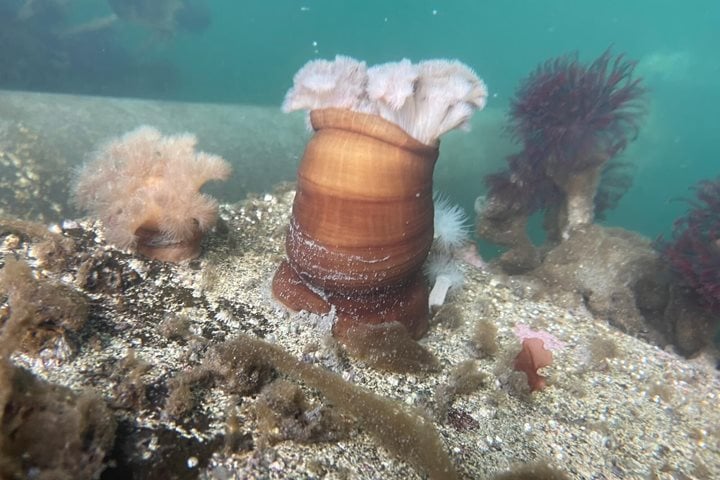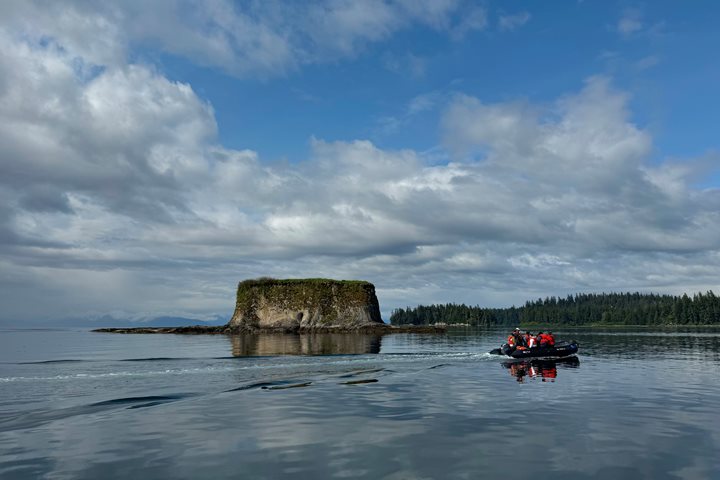We spent our day ‘schwacking and observing (whale) snacking in Kelp Bay and Chatham Strait!
Some people’s idea of paradise is a tropical beach, white coral sands, warm water, and a warm breeze. Not us! We woke up to a drizzly day with low clouds, a brisk wind, and air and water temps in the 50s. The Southeast Alaska version of paradise!
The first half of our day started with forest and Zodiac adventures in Kelp Bay. Bushwhacking hikers enjoyed following bear and deer trails that wound through seas of blueberries and muskegs full of sundews, while Zodiac cruisers got up close and personal with brown bears and humpback whales.
And speaking of humpback whales, our afternoon cruising through Chatham Strait provided us with the chance to observe a group of humpback whales bubble-net feeding, which is unquestionably one of the most spectacular animal behaviors anyone can witness. The rain blended with tears of joy as hundreds of tons of whales repeatedly lunged all around us.
Paradise indeed!

